The Imjin War, Part 2: Hideyoshi’s Crusade
As the 1592 invasion of Korea continued, the Japanese armies enjoyed a rapid sequence of victories on land, dominating the peninsula in sieges and battles. Their quick success would soon become a liability, however, when the superior Joseon Navy started sinking supply ships and overcoming Japanese battle fleets.









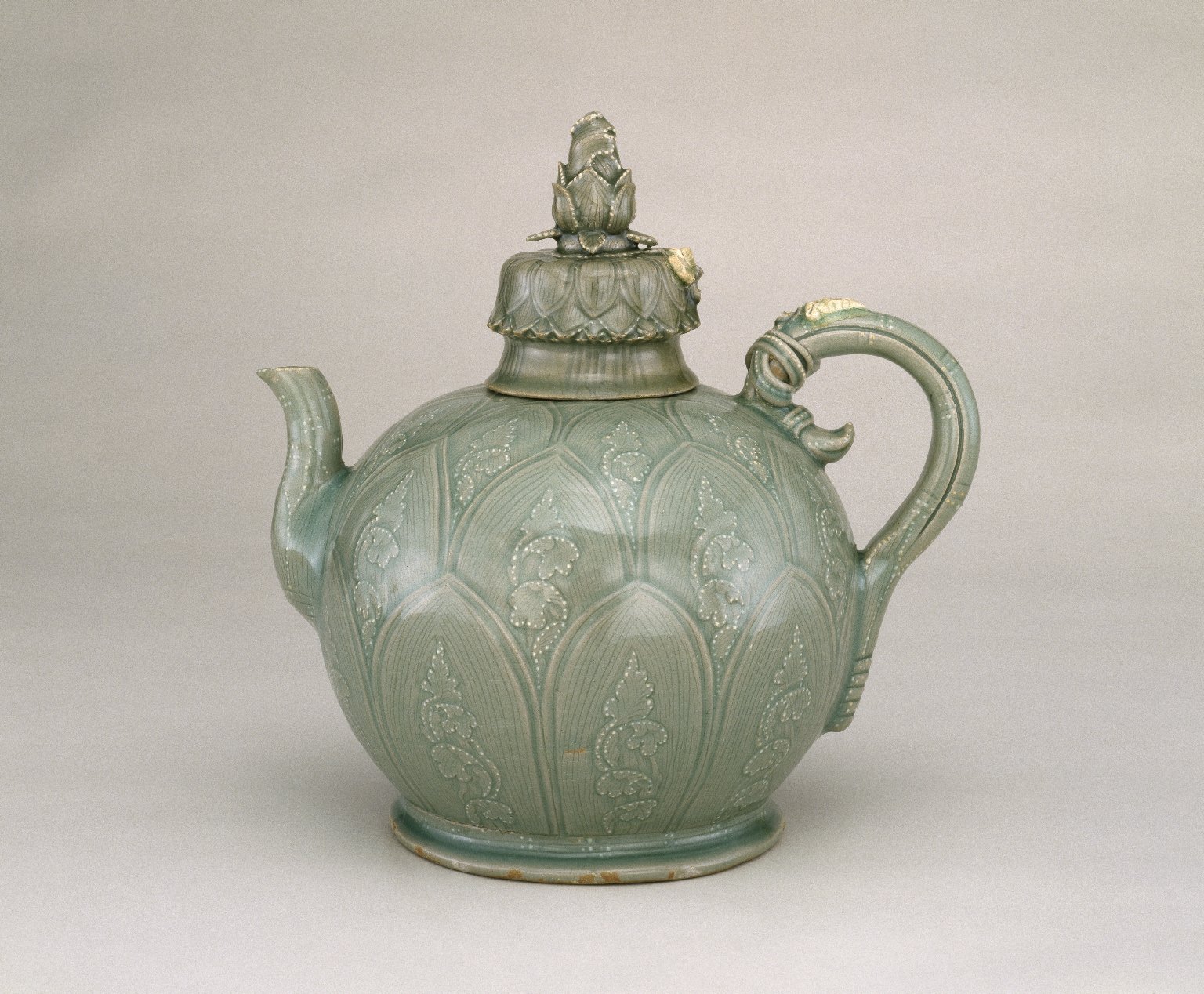



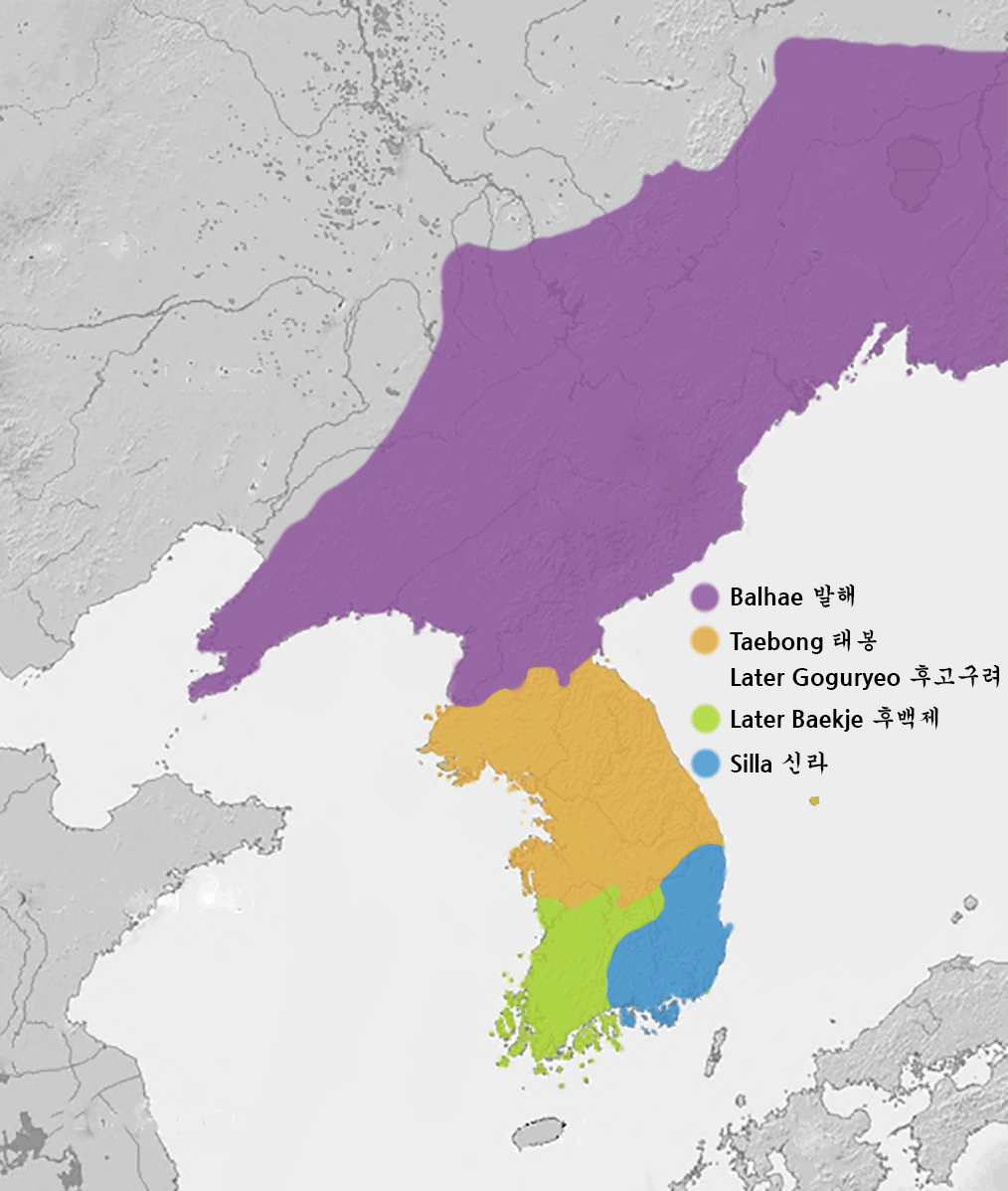

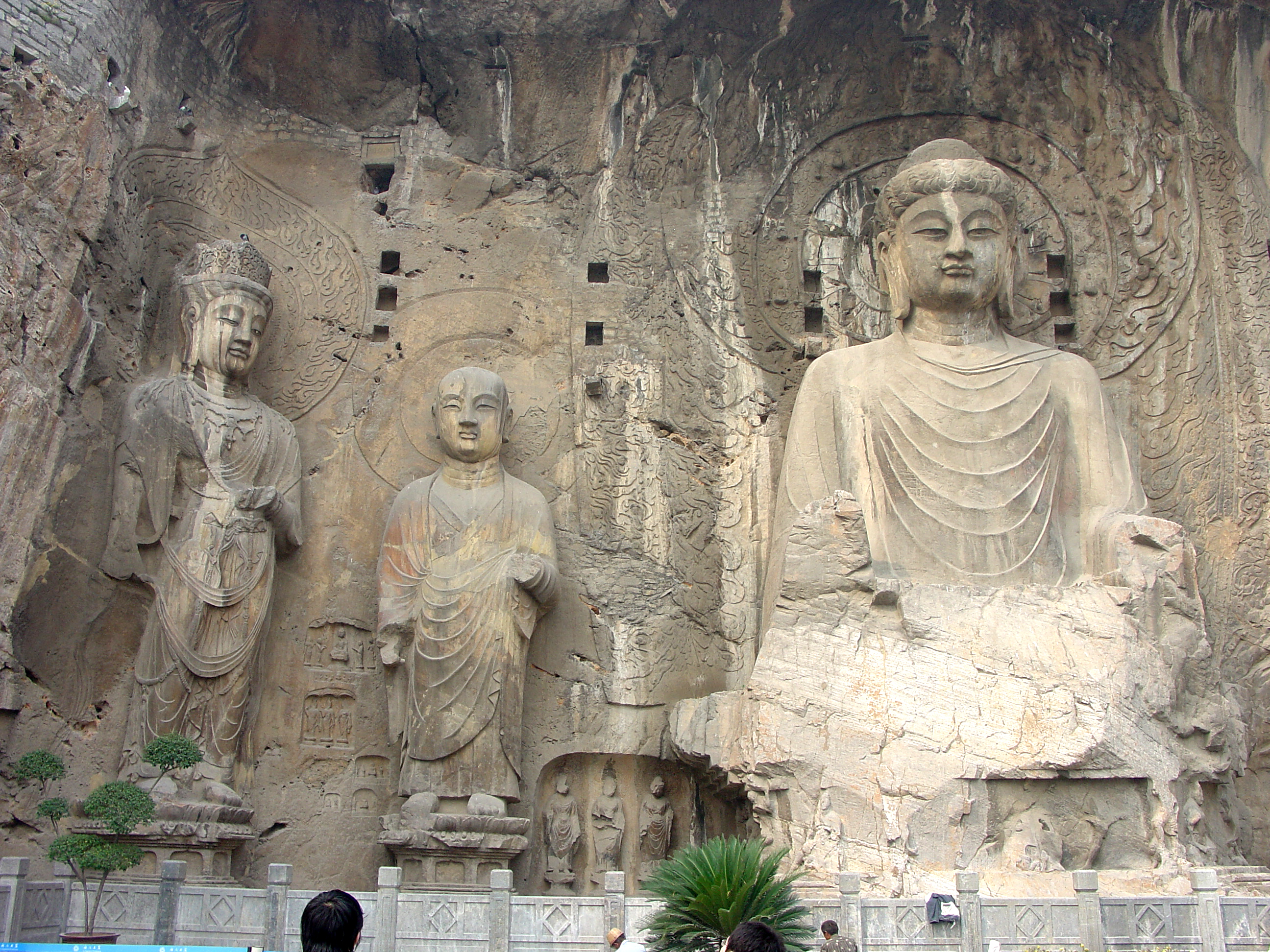






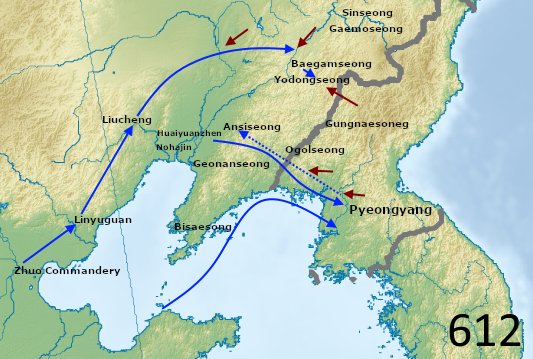
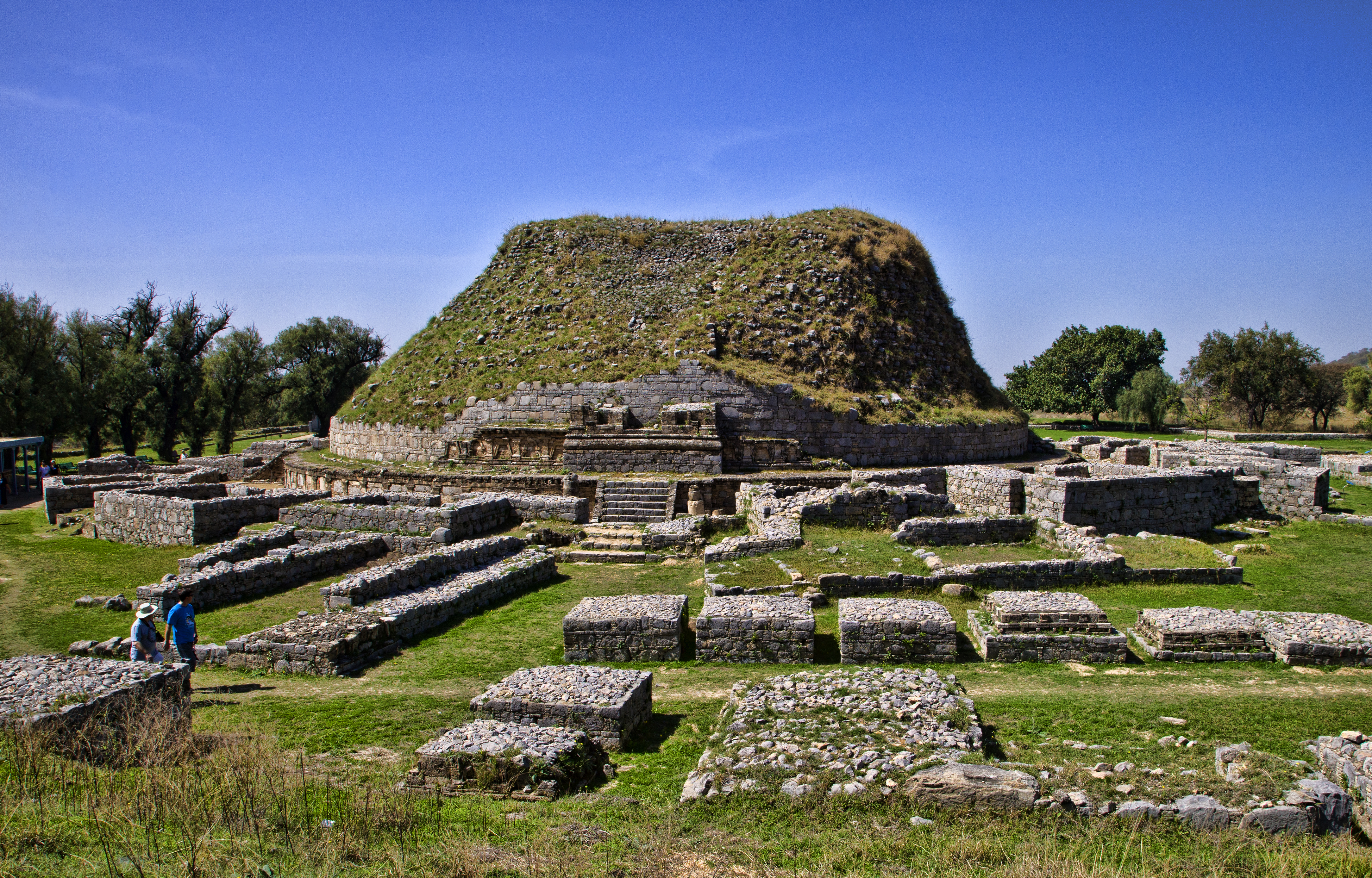




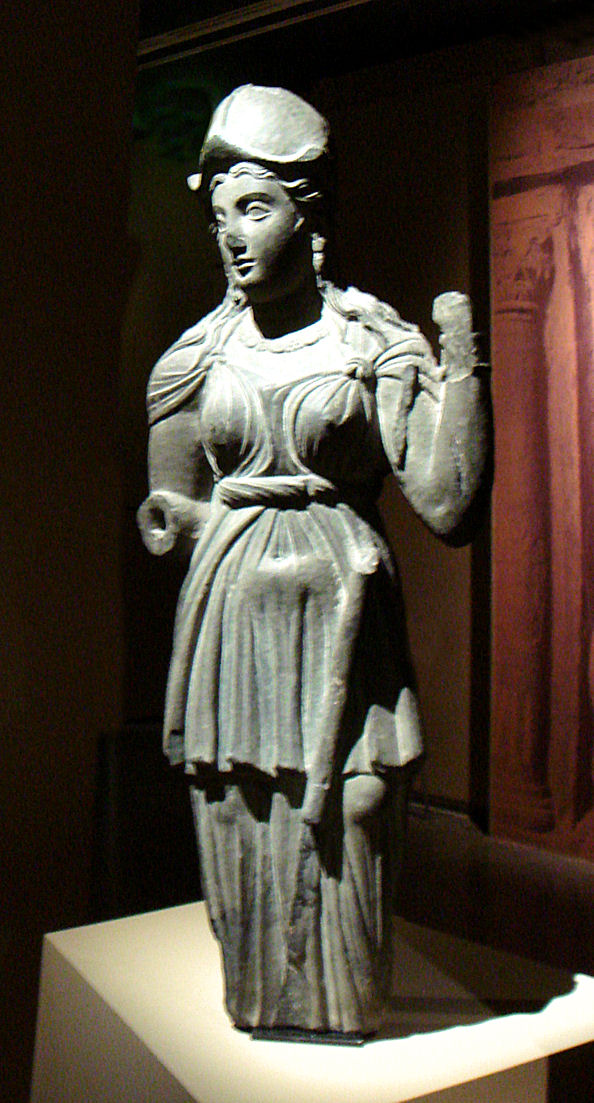

Recent Comments